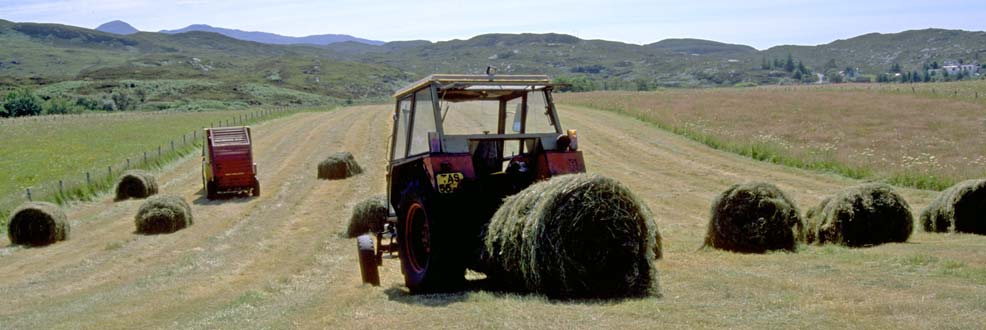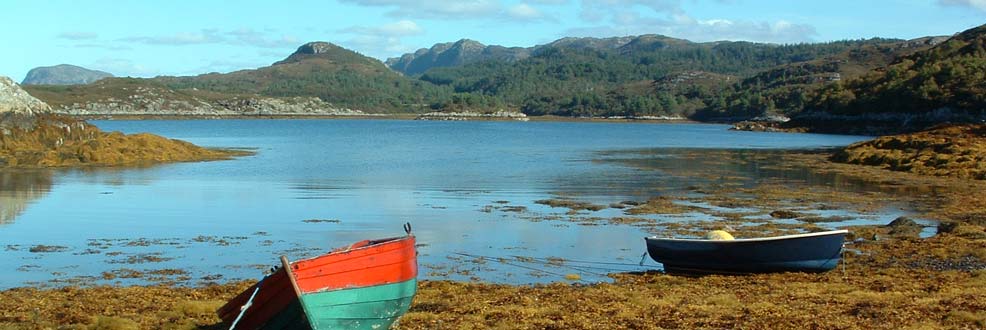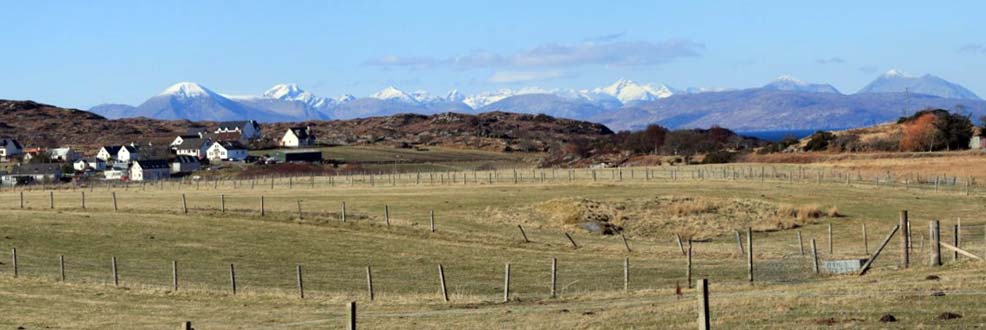Crofting and the Environment
In an article for the Campaign for Real Farming, entitled ‘Introducing Crofting’ (2012), Patrick Krause, Chief Executive of the Scottish Crofting Federation said: ‘Crofters could be described as the first environmentalists – managing natural resources in harmony with the environment. Their small-scale and extensive agriculture has delivered some of the most stunning High Nature Value habitats within the U.K. They have increased bio-diversity and have preserved the habitats of many rare species now extinct elsewhere in the UK.’
Scotland Farmland Report by Plantlife, includes a section on ‘Crofting and Higher Nature Value Farming', which specifically refers to the importance of crofting to the machair, but also states: ‘As a key component of High Nature Value Farming, crofting should be valued for the environmental benefits it bestows as well as the economic support it provides to some of Scotland’s remotest communities.’ This publication then goes on to define High Nature Value Farming : ‘Agriculturally marginal land and other landscapes with traditional farming practices, such as croft land, upland hay meadows and wet acidic meadows, survive with wild flowers intact .....’ High Nature Value Farming in Scotland is described in the HNV farming website, with case studies from Mull, South Uist and Durness.
Scottish Government report on baseline indicators for HNV farming.
The film ‘Grazing on the Edge’, which was made by researchers from the James Hutton Institute together with Skye graziers and young crofters, explains (among other things) how common grazings help to maintain the biodiversity of crofting areas.











